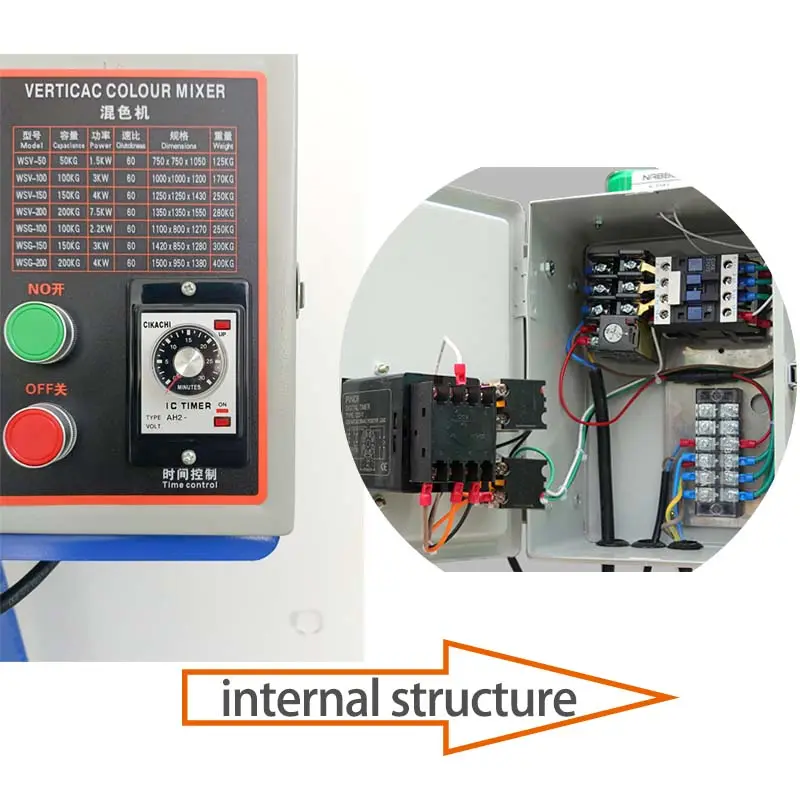Vacuum Skin Packaging Machine - Advanced Food Preservation Solutions
Sep . 12, 2024 05:42 Back to list
Vacuum Skin Packaging Machine - Advanced Food Preservation Solutions
The Importance of Vacuum Skin Packaging Machines in Modern Food Industry
In the ever-evolving landscape of the food industry, packaging plays a crucial role in maintaining the quality and safety of food products. One of the most innovative advancements in this field is the development of vacuum skin packaging machines. These machines have revolutionized the way perishable goods are packaged, extending shelf life and improving customer appeal.
Vacuum skin packaging (VSP) is a process that involves tightly wrapping food products in a plastic film, creating a vacuum seal that removes air and reduces the risk of oxidation and spoilage. Unlike traditional vacuum packaging, which leaves some space around the product, VSP hugs the item closely, ensuring maximum contact between the product and the film. This not only enhances the visual appeal of the food but also provides better protection against potential contaminants.
One of the primary benefits of using vacuum skin packaging machines is the extended shelf life they provide. By removing oxygen from the packaging environment, bacteria and mold—common culprits of food spoilage—are less likely to thrive. This characteristic is especially vital for perishable products such as meat, seafood, and cheese. With VSP, these items can remain fresh for significantly longer periods, reducing food waste and increasing profitability for manufacturers and retailers alike.
vacuum skin packaging machine

Moreover, vacuum skin packaging machines contribute to enhanced product presentation. The snug fit of the film around the product allows for clear visibility, showcasing the quality of the food itself. This transparency is crucial for drawing consumers’ attention in a competitive market, where visual appeal can make or break a sale. Retailers often prefer packaged goods that show off their freshness and quality, making VSP an excellent choice for product marketing.
Additionally, VSP machines are designed with efficiency in mind. They enable high-speed production, allowing businesses to scale their operations while maintaining quality standards. Modern machines are equipped with advanced technologies that ensure precise control over the vacuum process, minimizing the risk of packaging failures. As a result, manufacturers can save on labor costs and reduce production time, which is essential in meeting the demands of today’s fast-paced market.
Sustainability is also a key factor in the conversation about vacuum skin packaging. Many manufacturers are now incorporating eco-friendly materials into their packaging solutions, aligning with consumer preferences for sustainable products. VSP packaging often uses less material than traditional packaging, contributing to waste reduction, which is an increasingly important consideration for both consumers and businesses.
In conclusion, vacuum skin packaging machines represent a significant advancement in food packaging technology. Their ability to preserve food quality, enhance product appeal, and improve operational efficiency makes them an invaluable asset in the food industry. As businesses continue to prioritize sustainability and consumer demands for fresh and visually attractive products, VSP technology is likely to become an even more integral part of food packaging solutions. Through continued innovation and adaptation, vacuum skin packaging machines will play a key role in shaping the future of food preservation and presentation.
-
Automatic Feeding Line System-Pan Feeder Nipple Drinker|Anping County Yize Metal Products Co., Ltd.
NewsJul.29,2025
-
Hot Sale 24 & 18 Door Rabbit Cages - Premium Breeding Solutions
NewsJul.25,2025
-
Automatic Feeding Line System Pan Feeder Nipple Drinker - Anping County Yize Metal Products Co., Ltd.
NewsJul.21,2025
-
Automatic Feeding Line System Pan Feeder Nipple Drinker - Anping County Yize Metal Products Co., Ltd.
NewsJul.21,2025
-
Automatic Feeding Line System - Anping Yize | Precision & Nipple
NewsJul.21,2025
-
Automatic Feeding Line System - Anping Yize | Precision & Nipple
NewsJul.21,2025






